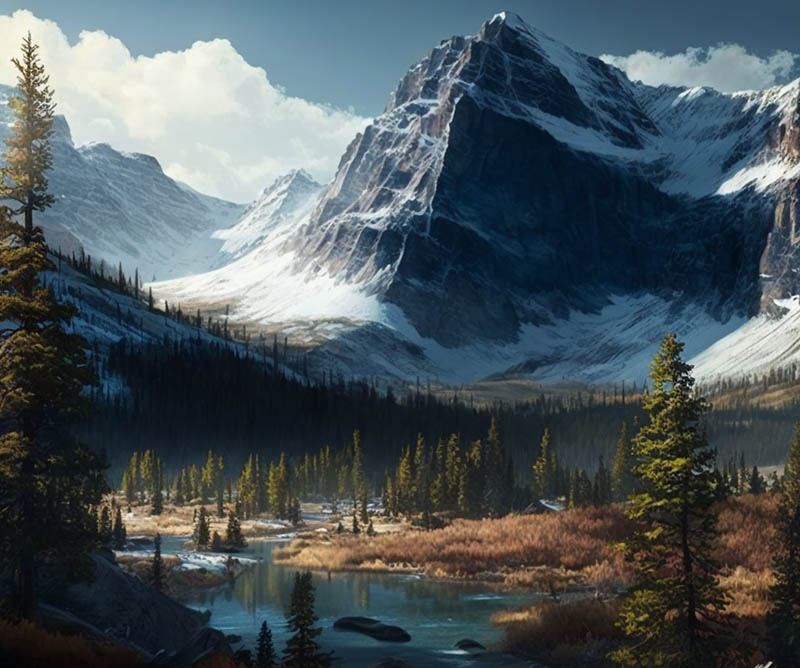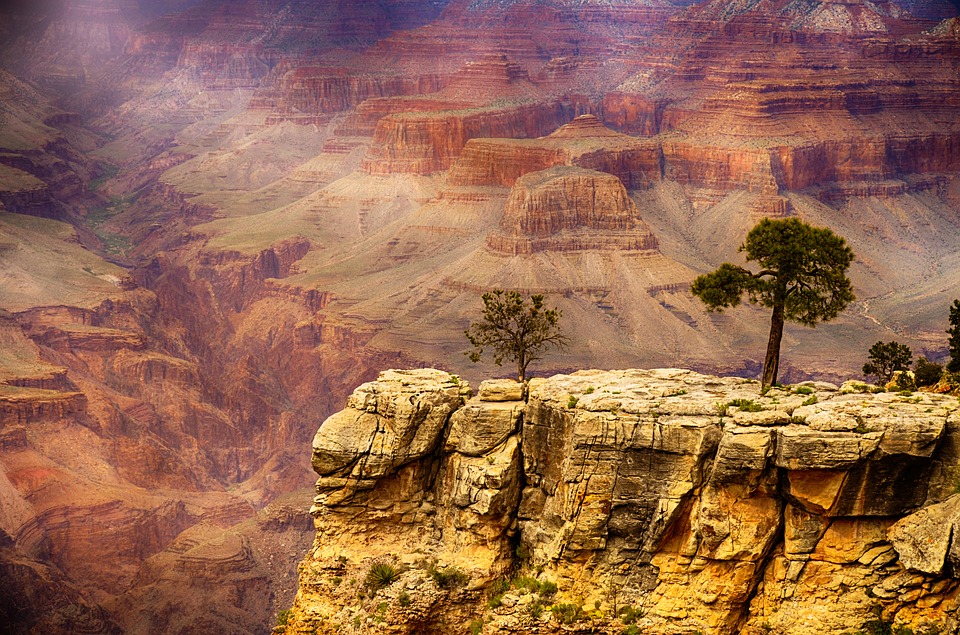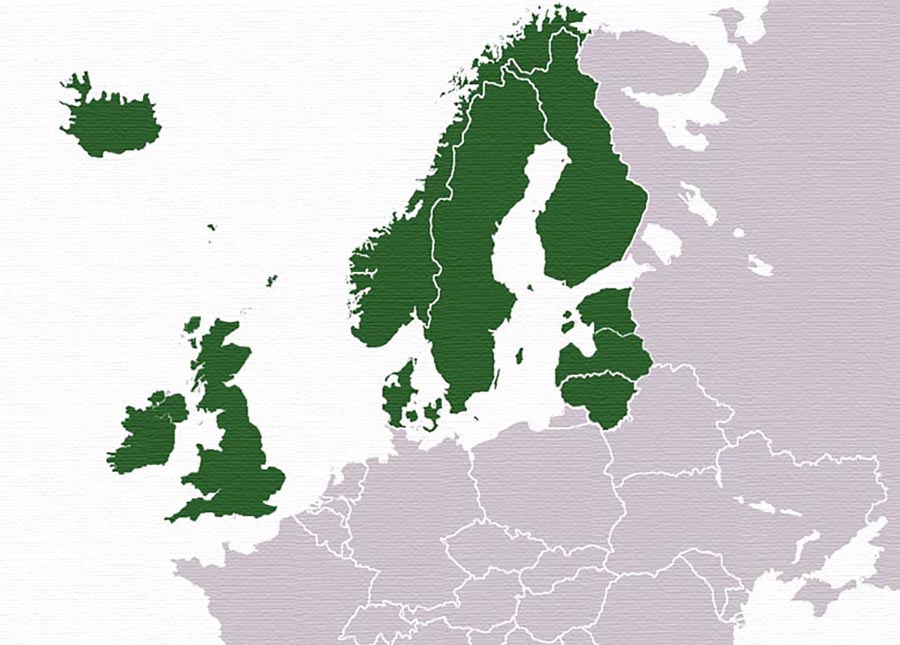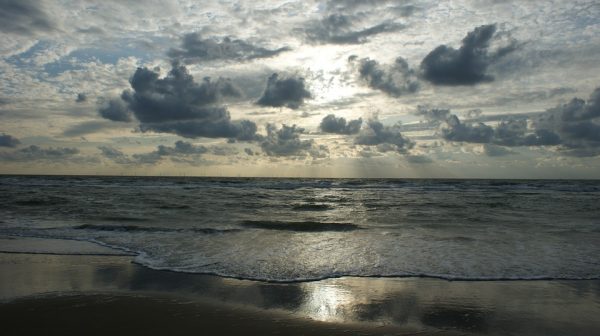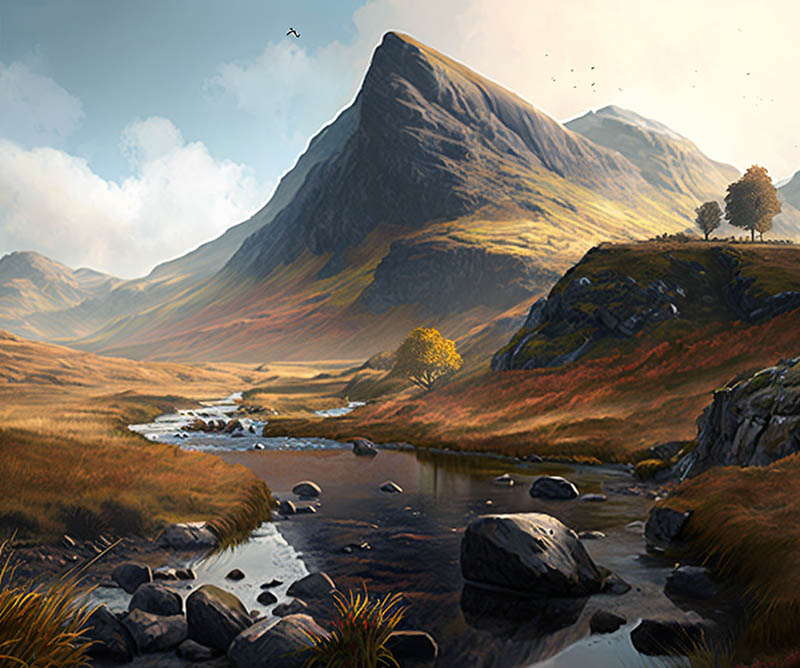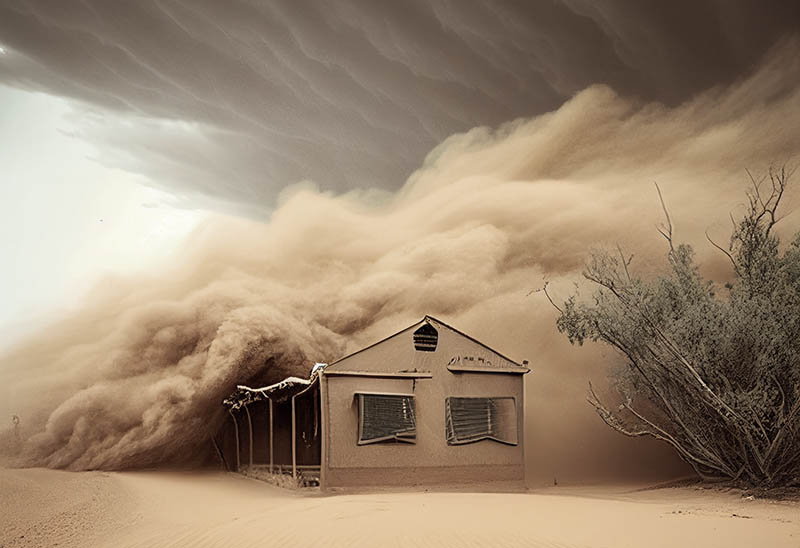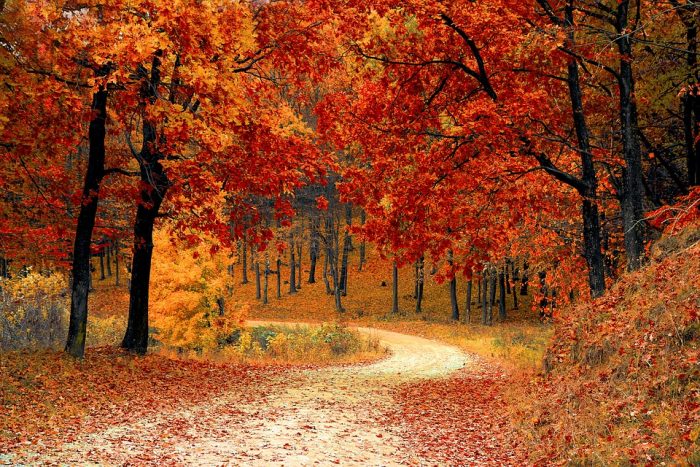The Rocky Mountains are one of the most iconic mountain ranges in the world, spanning over 3,000 miles from New Mexico to Alaska. Here are 50 interesting facts about this stunning natural wonder.
Geography and Geology
- The Rocky Mountains are the longest mountain range in North America, stretching over 3,000 miles from New Mexico to Alaska.
- They are also the second-highest mountain range in the world, with 50 peaks over 14,000 feet.
- They have formed around 80 million years ago during the Laramide orogeny, a period of mountain-building that occurred in North America.
- The range is made up of a series of sub-ranges, including the Front Range, Sawatch Range, and the Sangre de Cristo Mountains.
- The Rocky Mountains are also home to some of the largest glaciers in the US, including the Continental Divide Glacier and the Adams Glacier.
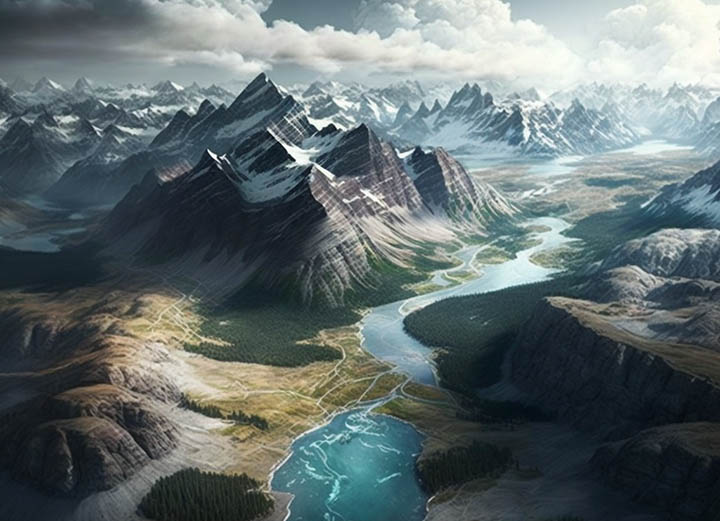
Wildlife in the Rocky Mountains
- There’s a diverse array of wildlife here. Elks, bighorn sheep, mountain lions, black bears, grizzly bears – many, many various animals.
- The region is also known for its birdlife, including bald eagles, golden eagles, and peregrine falcons.
- In addition to mammals and birds, there’s a variety of reptiles, amphibians, and fish here.
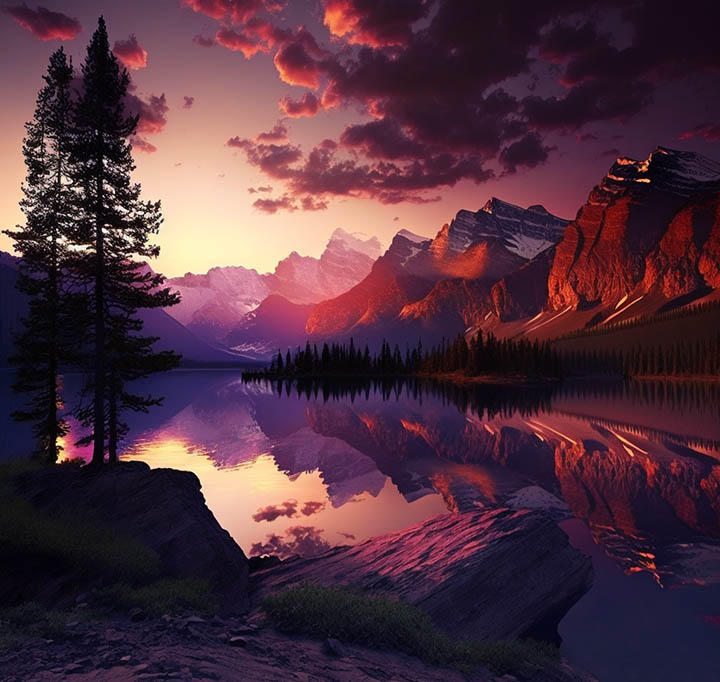
The climate of the Rocky Mountains
- The climate in the Rocky Mountains varies depending on altitude and location, but generally includes cold winters and mild summers.
- The highest point in the Rockies is Mount Elbert, which has an average temperature of just 3 degrees Fahrenheit in January.
- The Rockies also receive some of the highest snowfall in North America, with some areas receiving over 500 inches of snow each year.
- The region is also prone to wildfires, particularly during periods of drought and high winds.
History of the Rocky Mountains
- The Rocky Mountains have a long history of human habitation, with evidence of Paleo-Indian cultures dating back over 10,000 years.
- The region was also home to a number of Native American tribes, including the Ute, Shoshone, and Apache peoples.
- During the 19th century, the Rocky Mountains were explored by a number of well-known explorers, including John Fremont and Zebulon Pike.
- The discovery of gold in Colorado in 1858 sparked a gold rush that drew thousands of prospectors to the region.
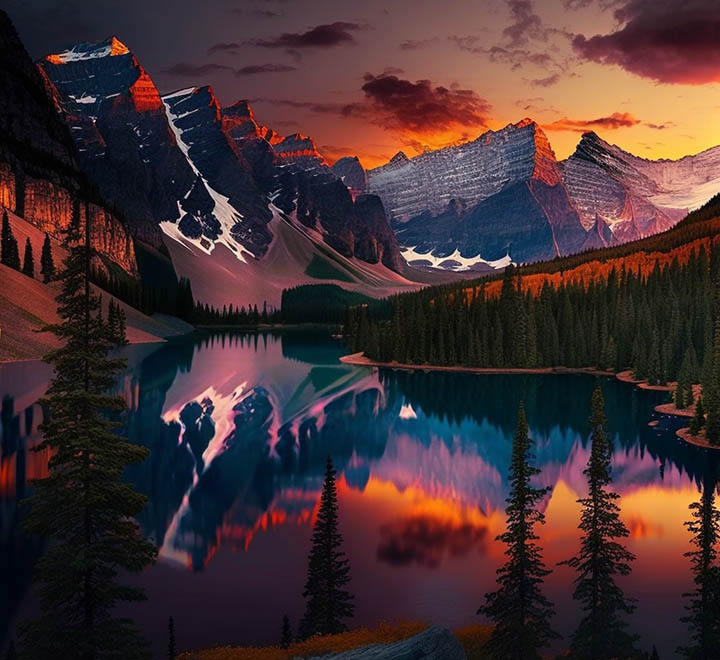
Tourism and Recreation
- The Rockies are one of the most popular tourist destinations in North America, attracting millions of visitors each year.
- The region is home to a number of world-class ski resorts, including Vail, Aspen, and Breckenridge.
- In addition to skiing, these mountains offer a wide range of outdoor recreational opportunities, including hiking, mountain biking, and whitewater rafting.
- The Rocky Mountains are also home to a number of national parks, including Rocky Mountain National Park, Yellowstone National Park, and Grand Teton National Park.
Mining in the Rocky Mountains
- The Rocky Mountains have a rich history of mining, with gold, silver, copper, and coal among the minerals extracted from the region.
- The mining industry had a major impact on the development of the West, leading to the creation of boomtowns and the growth of railroads.
- Today, mining in this region continues but is subject to strict environmental regulations.
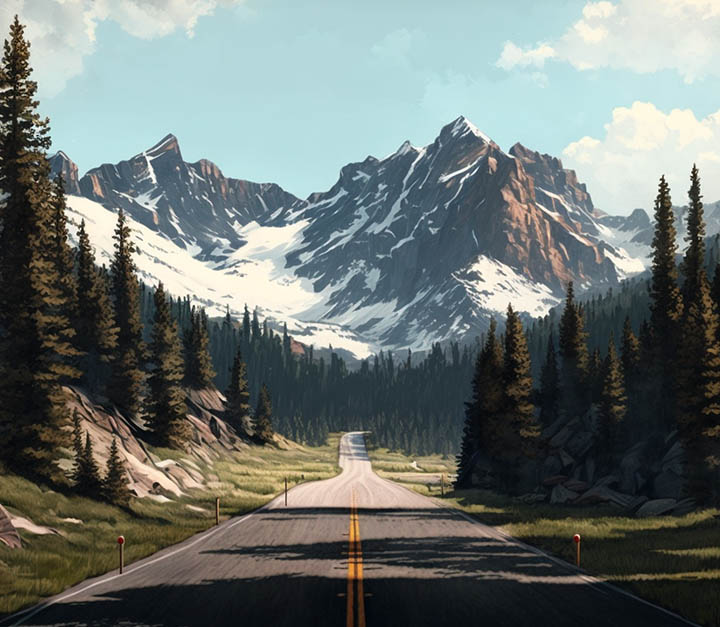
Transportation
- The Rocky Mountains have long presented a challenge for transportation, with high elevations and rugged terrain making it difficult to build roads and railroads.
- The first transcontinental railroad in the United States was completed in 1869 and crossed these mountains, connecting the East Coast to the West Coast.
- The Rockies are also home to a number of iconic highways, including the historic Route 66 and the scenic Highway 1 in California.
- The Eisenhower Tunnel, located in the Rocky Mountains in Colorado, is the highest vehicular tunnel in the world, reaching an altitude of over 11,000 feet.
Climate Change
- The Rocky Mountains are particularly vulnerable to the effects of climate change, with rising temperatures and decreased snowfall affecting water resources and wildlife populations.
- The region has experienced a number of devastating wildfires in recent years, which have been exacerbated by drought and high winds.
- Efforts are underway to mitigate the impacts of climate change in the Rockies, including the development of renewable energy sources and the restoration of wildlife habitats.
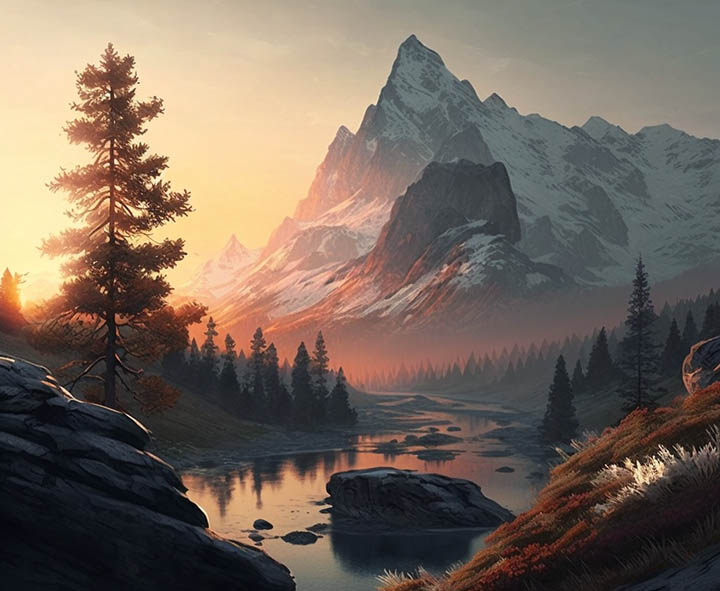
Culture
- The Rocky Mountains are home to a vibrant and diverse culture, including the cowboy culture of the American West, as well as the traditions of the indigenous peoples who have lived in the region for thousands of years.
- The region has also played an important role in the development of popular music, particularly with the rise of country and folk music in the mid-20th century.
- The Rocky Mountains have inspired countless artists, writers, and photographers, from Ansel Adams to Georgia O’Keeffe.
Conservation
- There are lots of endangered and threatened species, including the gray wolf, grizzly bear, and Canadian lynx.
- Efforts are underway to protect and conserve these species, including habitat restoration and the reintroduction of wolves to the region.
- The Rocky Mountains are also home to a number of important conservation organizations, including the Rocky Mountain Elk Foundation and the Nature Conservancy.
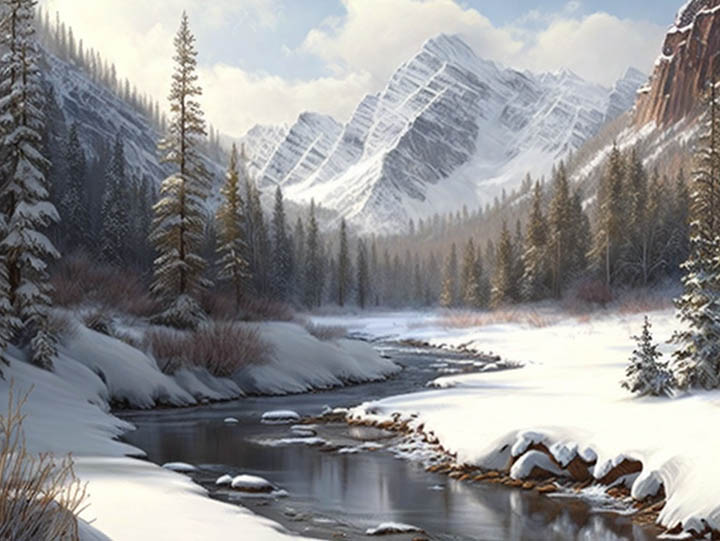
Geothermal Energy And Water Resources
- The Rocky Mountains are rich in geothermal energy resources, which are being increasingly tapped for electricity generation and heating.
- Geothermal power plants in the Rocky Mountains generate enough electricity to power over 1 million homes.
- The Rocky Mountains are a major source of water for much of the western United States, providing irrigation water for agriculture and drinking water for millions of people.
- The Colorado River, which runs through the Rockies, is one of the most heavily used rivers in the world.
Volcanoes in the Rocky Mountains
- The Rocky Mountains are home to a number of dormant and extinct volcanoes, including Mount St. Helens and Mount Rainier in Washington state. Luckily, none of them is active. All of them are really ancient.
- The Yellowstone Caldera, located in Wyoming, is one of the largest volcanic systems in the world and is closely monitored for signs of activity.
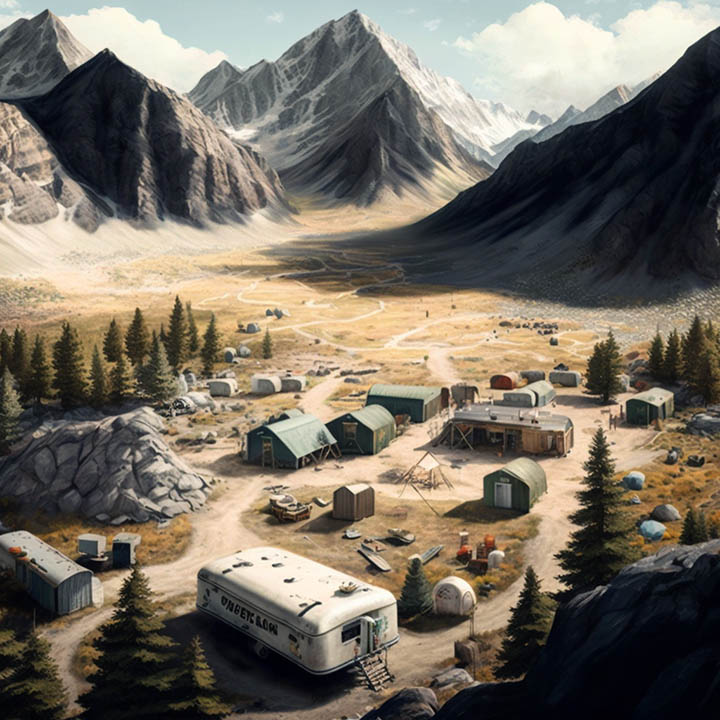
Fossils
- The Rocky Mountains are also rich in fossils, particularly from the Jurassic and Cretaceous periods.
- Dinosaur National Monument, located in Colorado and Utah, is home to some of the most famous dinosaur fossils in the world.
Hiking Trails And Sports
- Some of the most iconic hiking trails in the world are located here. This includes the Appalachian Trail and the Continental Divide Trail.
- The Rocky Mountain National Park in Colorado offers over 350 miles of hiking trails, ranging from easy nature walks to strenuous multi-day backpacking trips.
- These mountains are a winter sports paradise, with some of the best skiing and snowboarding in the world. A lot of other winter sports, including snowshoeing, ice climbing, and sledding, are super popular here. Well, that’s not surprising at all.
- The Rocky Mountains are a popular destination for mountaineers, with a number of challenging peaks, including Longs Peak in Colorado and Mount McKinley in Alaska.
- These mountains have a long history of mountaineering, with some of the most famous climbers in the world have tackled the peaks of the region, including Reinhold Messner and Sir Edmund Hillary.
